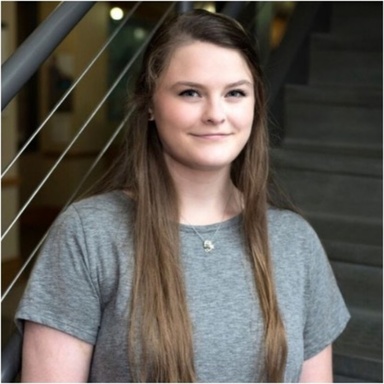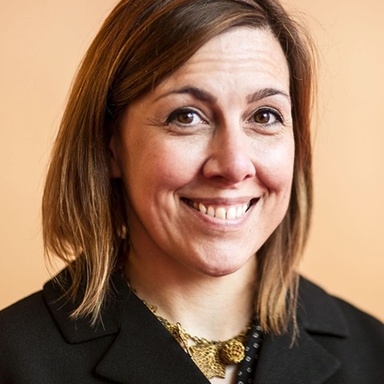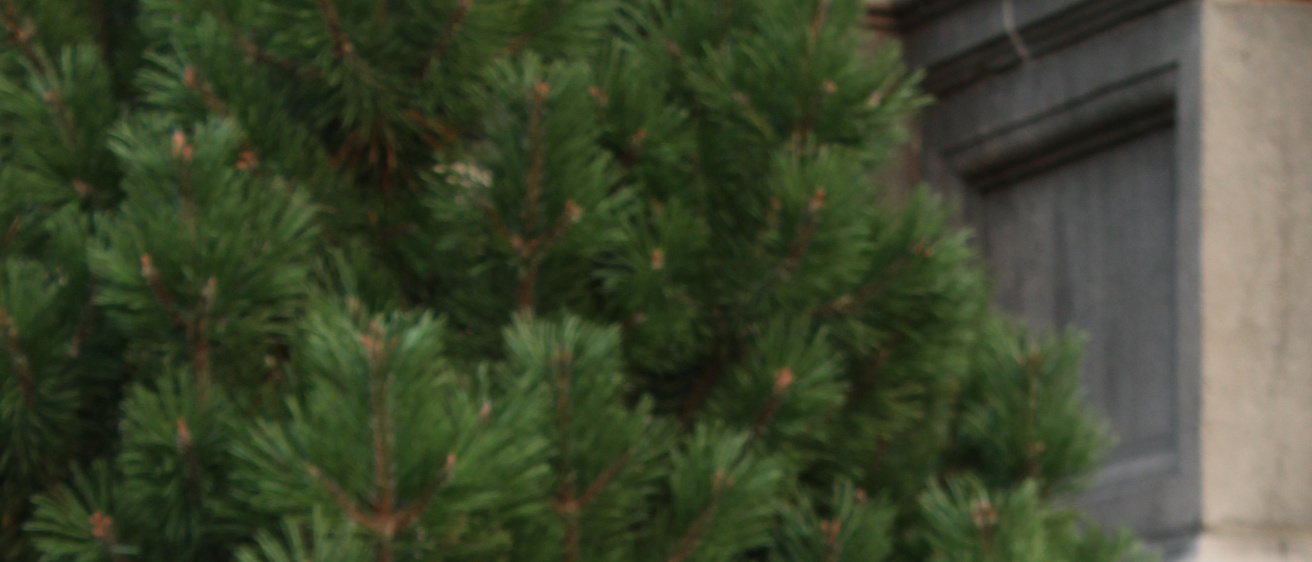

On the surface, Kristy Hartsgrove Mooers and Danielle Land may come across as an unlikely pair to co-teach a Civil and Environmental Engineering graduate course titled “Communicating Data through Stories.” Kristy is an Assistant Professor of Instruction in the UI Theatre department while Danielle is a UI alum and post-doctoral student in Engineering at Michigan State University. I asked Kristy and Danielle to speak with me because even after working with them at Engineering’s Hanson Center for Communication (HCC) for the past a year and a half, I’m consistently wowed by how they parlay their backgrounds into creative course assignments that meld two seemingly disparate fields together to help engineering students better communicate their science.
Writing assignments in “Communicating Data through Stories” reflect the importance of science communication in a rapidly changing world. One of the first assignments for the class requires the students to explain their research via an OCAR paragraph (Opening, Challenge, Action, Resolution), a framework for writing that Danielle describes as “help[ing] to frame their work in a way that their audience can understand.” A UI alum herself, Danielle most enjoys helping students identify and “pick out their story” in the Challenge: what they are doing, through their science, to address the problem described in the opening and show their reader why their research is important. As she puts it, “sometimes the students have been so deep in the weeds of their work for years, and they need a little help figuring out what is so exciting. We sit there and pull them out of the weeds to see the big picture of why it’s so exciting.” After extensive in-class and group discussion of the OCAR concept and some examples, the students create a first draft of their own paragraphs—but the feedback for this draft doesn’t come from the instructors.
Danielle has found that a peer discussion and feedback format is the most educational part for the students, as they are able to learn from and grow their work in the moment, but as she explains, this format first came about as a necessity: “When we first started doing this assignment, I wanted to be hands-on with every iteration of the assignment—but I found that with the number of students and number of drafts we were doing, it wasn’t realistic.” Small group review and editing has taken a bit of pressure off the instructors, she says, but more importantly, it “gives the students experience in how to give feedback on each other’s work.” It’s only after the students revise their paragraphs based on peer feedback and submit a more polished version of their OCAR paragraphs that the course instructors give in-depth feedback on it.
However, science communication isn’t limited to the page—increasingly, engineers must explain their work to a wider world through an in-person interaction, whether in a conference, a public talk, a grant proposal, or a quick conversation with a potential investor. One helpful assignment for developing science communication in this course is the elevator pitch assignment (which conveniently comes right after the OCAR paragraph), a project spearheaded by Kristy. In addition to leading stretching exercises and short improv games at the start of many Communicating Data through Stories classes, Kristy brings her theatre background to this assignment as well as others. She describes transposing the Stanislavski method, a famous approach for actors, onto technical communication practice while brainstorming for the elevator pitch. Students must fill out a worksheet of questions about their research, then combine and evolve their responses into an audience-friendly format that they can commit to memory and perform.
Although many people think of an elevator pitch as a resume-like collection of facts that advertise yourself to a potential employee, Kristy’s process polishes it into something much more articulate and professional. Far from an unplanned off-the-top-of-your-head chat, “A pitch should be clear, fun-to-say, express the change you wants to say in the world, and explain how your audience can be a part of that.” She notes that students who have successfully developed their pitch through drafting and practice have used those skills to get jobs and internships.
In addition to their current work with the course—the final project is fast-approaching—these instructors are also busy planning new approaches to future courses. Danielle hopes to assign more iterations of the OCAR paragraph for peer review and get the students to think more deeply about the work-in-progress. “I want them to create a reflection portfolio with all the versions of their drafting process,” she says. “I don’t want them making changes to their work just based on me saying ‘this should get fixed,’ I want them to know why that change needed to happen, and how to fix it themselves.” Kristy is interested in potentially using improv methods to develop a team pitch assignment for the course. She hopes to help students understand that the development of presentation skills—talking to an audience about their work—is an ongoing process.
In the modern world, engineers must communicate their science to many different kinds of audiences at different levels of technical and public speech, and the final project for the course is a presentation, delivered as either a PechaKucha or a TEDTalk, that acts as the culmination of the course and helps to prepare students for such audiences. By the time the students reach this final project, they already have the skills they need to succeed in communicating science in a presentation thanks to Kristy and Danielle, skills that have been built into the course through written, peer-edited and re-written drafts, improv-based games, and elevator pitches. The arts and the sciences quite literally mix in this combined approach for teaching science communication, helping to create engineers who can present articulate and meaningful explanations of their science.
